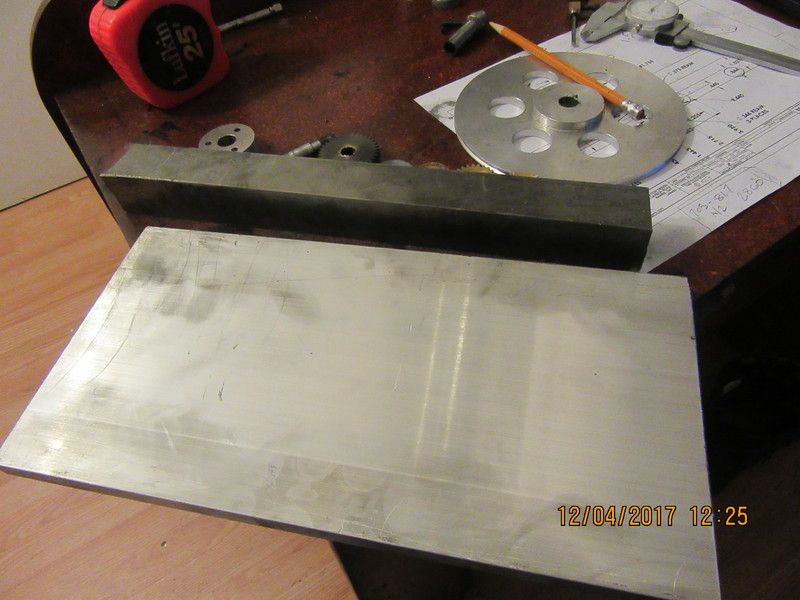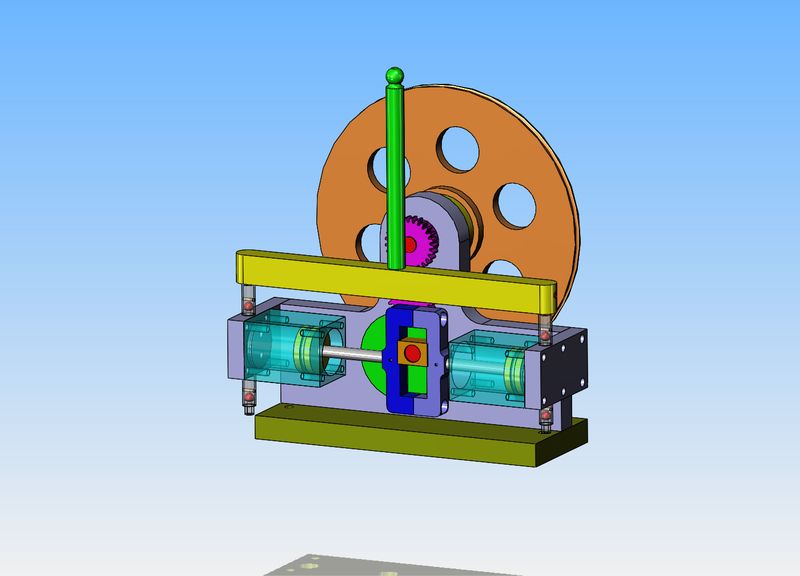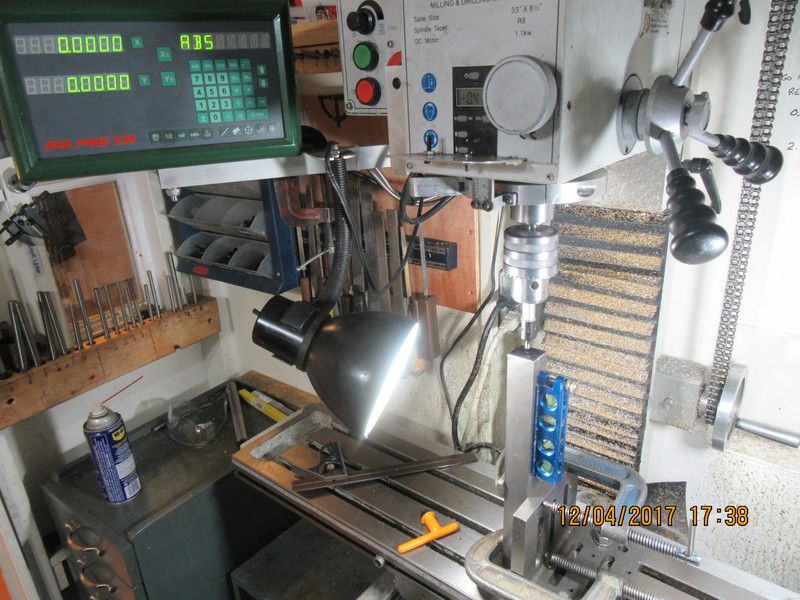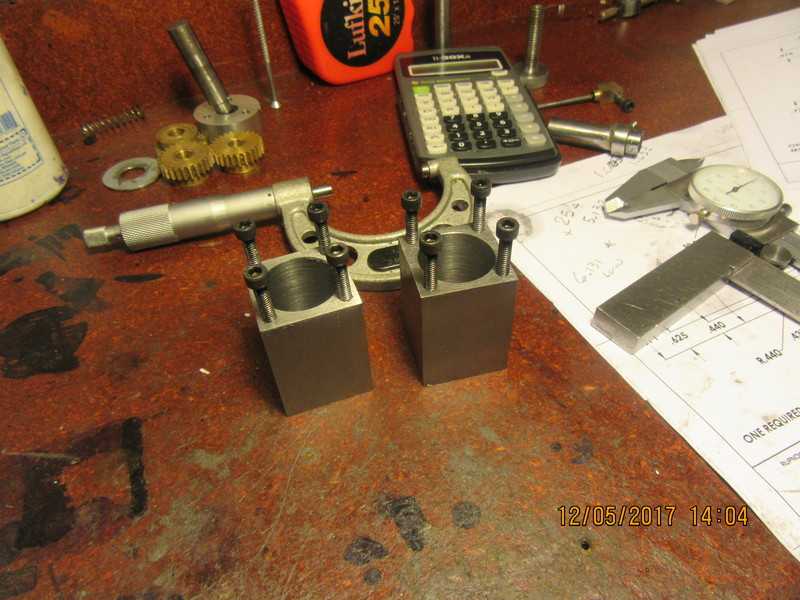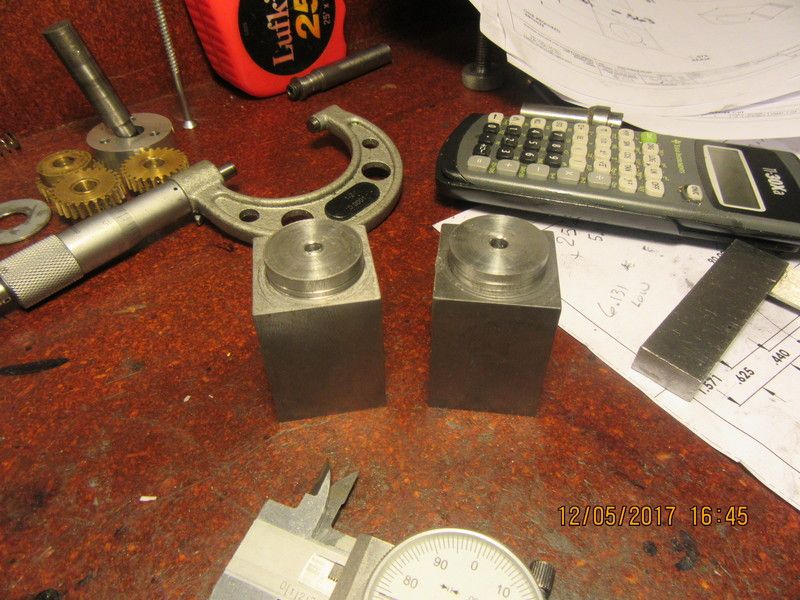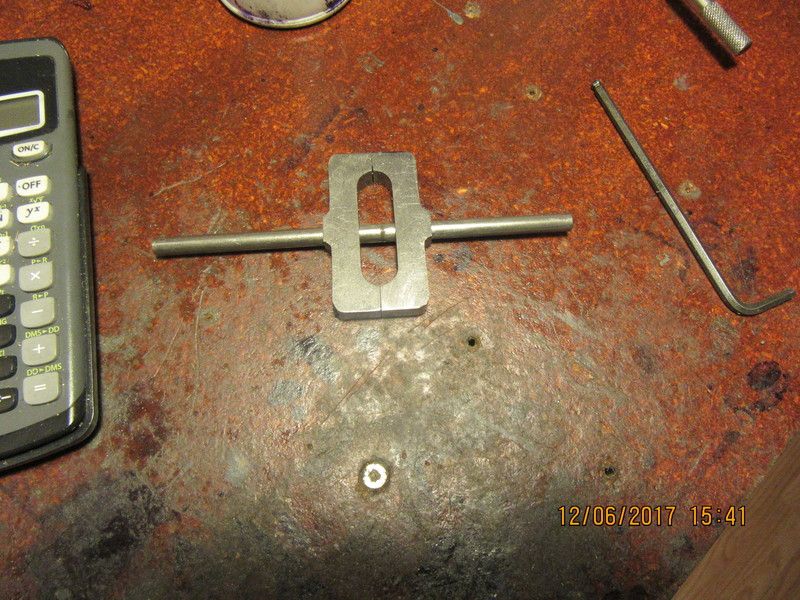Brian,
Would it not be easy to fit a check valve in the top of the green tubing, will be watching as usual.
Cheers
Andrew
Would it not be easy to fit a check valve in the top of the green tubing, will be watching as usual.
Cheers
Andrew

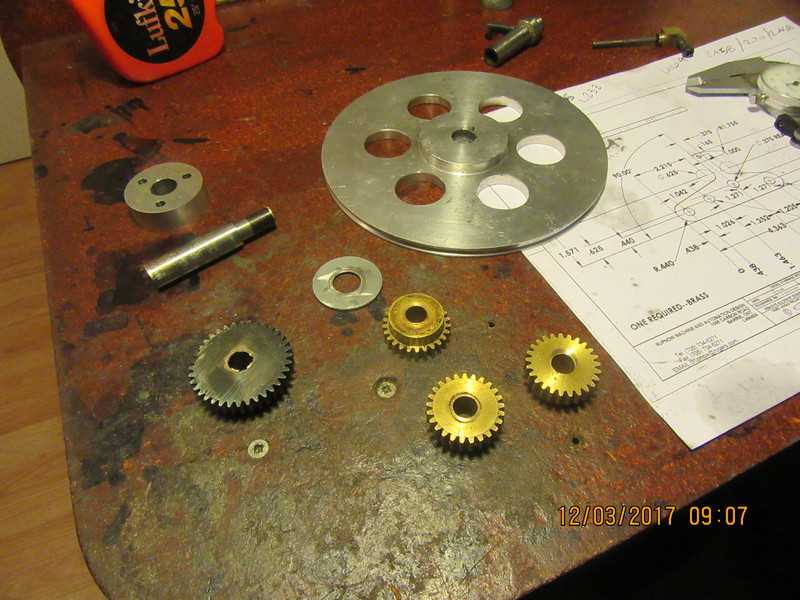


![DreamPlan Home Design and Landscaping Software Free for Windows [PC Download]](https://m.media-amazon.com/images/I/51kvZH2dVLL._SL500_.jpg)





I like slinky treadmills....
I've written some arduino code in the past that controlled a steam throttle via a stepper motor. It measured shaft speed then opened and closed the throttle as required. It wasn't a full PID control, but it got the job done for my case.
...Ved.
Time to ask a question.
